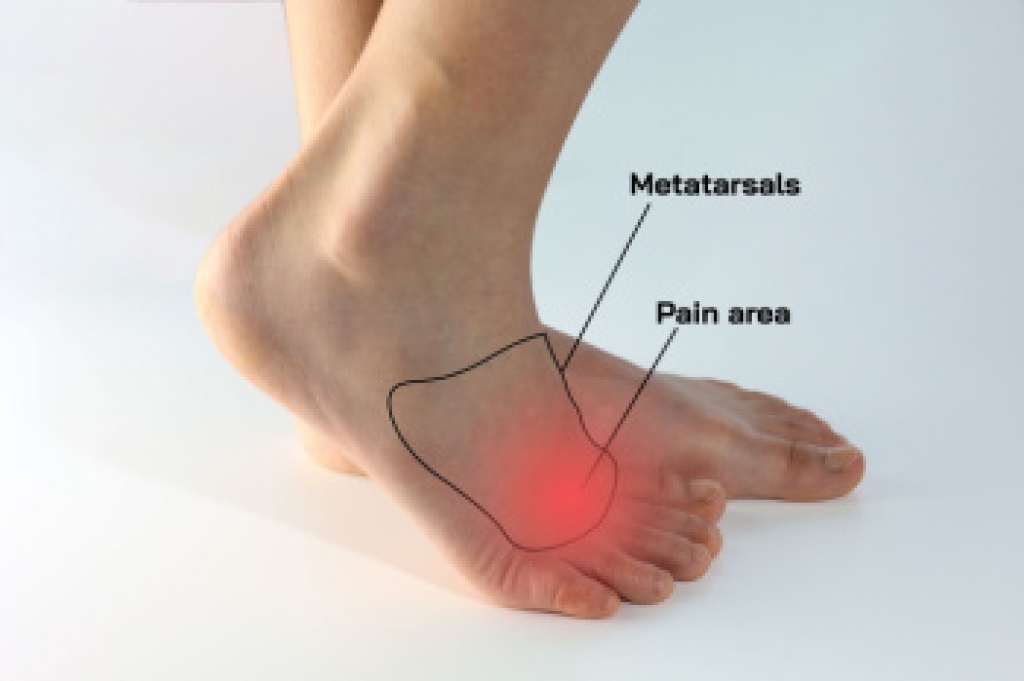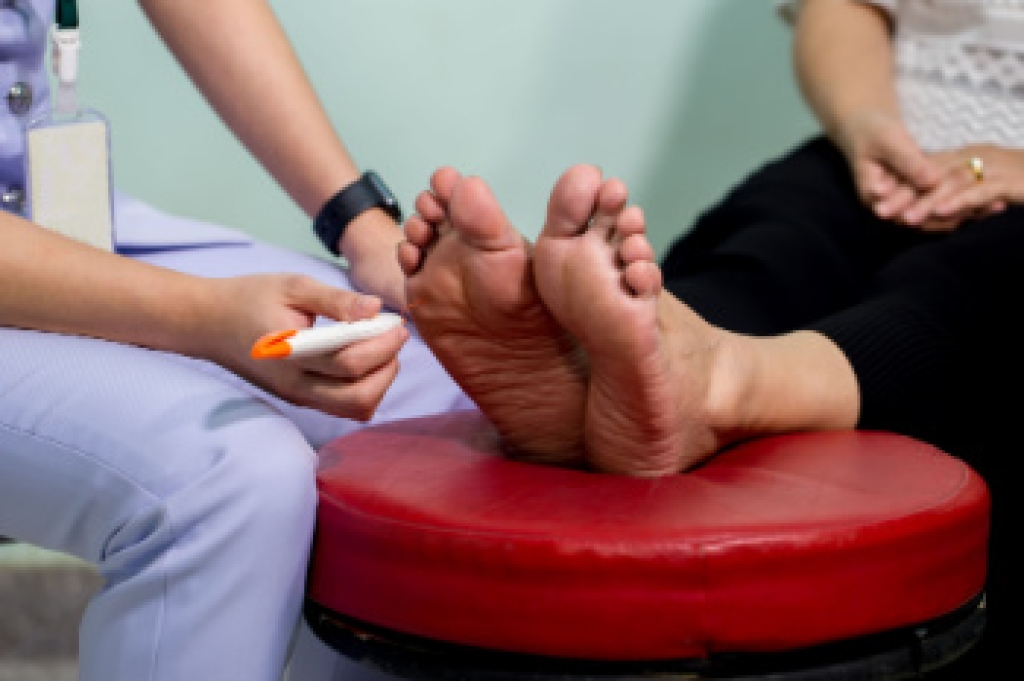
Morton’s neuroma, sometimes referred to as an interdigital nerve irritation or Intermetatarsal neuroma, develops when a nerve between the toes becomes compressed by surrounding tissues. This pressure can create a burning or tingling feeling in the ball of the foot, often described as walking on a small pebble. Some people notice numbness between the toes or a sudden sharp sensation when wearing tighter shoes or standing for long periods of time.The discomfort may improve briefly when the shoe is removed, but it often returns with activity. A podiatrist can evaluate the area, review footwear habits, and identify mechanical issues that place extra stress on the nerve. Treatment may include supportive inserts, shoe changes, padding, or targeted therapies that calm the irritated tissue and restore comfort. If the sensation between your toes persists or begins affecting daily movement, it is suggested that you see a podiatrist for effective relief and treatment solutions.
Morton’s neuroma is a very uncomfortable condition to live with. If you think you have Morton’s neuroma, contact one of our podiatrists of Prince William Foot & Ankle Center, PC. Our practitioners will attend to all of your foot care needs and answer any of your related questions.
Morton’s Neuroma
Morton's neuroma is a painful foot condition that commonly affects the areas between the second and third or third and fourth toe, although other areas of the foot are also susceptible. Morton’s neuroma is caused by an inflamed nerve in the foot that is being squeezed and aggravated by surrounding bones.
What Increases the Chances of Having Morton’s Neuroma?
- Ill-fitting high heels or shoes that add pressure to the toe or foot
- Jogging, running or any sport that involves constant impact to the foot
- Flat feet, bunions, and any other foot deformities
Morton’s neuroma is a very treatable condition. Orthotics and shoe inserts can often be used to alleviate the pain on the forefront of the feet. In more severe cases, corticosteroids can also be prescribed. In order to figure out the best treatment for your neuroma, it’s recommended to seek the care of a podiatrist who can diagnose your condition and provide different treatment options.
If you have any questions, please feel free to contact our offices located in Gainesville and Dulles, VA . We offer the newest diagnostic and treatment technologies for all your foot care needs.




